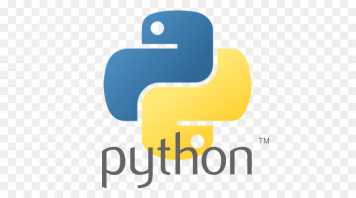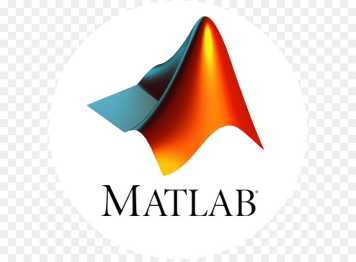Open-Access Software and Data
We gladly share some of the software we develop openly and free of charge
BUT we cannot guarantee to fully maintain it.
If you want to add features or have questions, please do so via gitlab (if applicable) or contact the indicated author of the software

HVLBuzz is a simulation tool to calculate the surface gradient of overhead power lines and predict the audible noise and electromagnetic field at ground. This tool only requires freely available Python libraries to run. The GUI is based on the Kivy framework, while the mathematical computations and plot generation rely on the widely used NumPy and Matplotlib.
HVLBuzz on gitlab: external page https://gitlab.com/ethz_hvl/hvlbuzz

pyMETHES (the Python equivalent of METHES)
A Monte Carlo collision code for the simulation of electron transport in low temperature plasmas.
METHES, description: external page https://doi.org/10.3929/ethz-a-010881688
pyMETHES on gitlab: external page https://gitlab.com/ethz_hvl/pymethes/
pyMETHES on PyPi: external page https://pypi.org/project/pyMETHES/
pyMETHES documentation at RTD: external page https://readthedocs.org/projects/pymethes/
A Monte Carlo collision code for the simulation of electron transport in low temperature plasmas

METHES is a freely available MATLAB code for the simulation of electron transport in arbitrary gas mixtures in the presence of uniform electric fields. For steady-state electron transport, the program provides the transport coefficients, reaction rates and the electron energy distribution function. The program uses established Monte Carlo techniques and is compatible with the electron scattering cross section files from the open-access Plasma Data Exchange Project LXCat. The code is written in object-oriented design, allowing the tracing and visualization of the spatiotemporal evolution of electron swarms and the temporal development of the mean energy and the electron number due to attachment and/or ionization processes. The code is benchmarked with well-known model gases as well as the real gases Ar, N2, O2, CF4, SF6 and mixtures of N2 and O2.
METHES, description: external page https://doi.org/10.3929/ethz-a-010881688
METHES, code: external page https://nl.lxcat.net/download/METHES/
Control of experiments, Common Code Basis:

on gitlab: external page https://gitlab.com/ethz_hvl/hvl_ccb
on PyPI: external page https://pypi.org/project/hvl-ccb/
A set of tools for importing data from the LXCat project.

on gitlab: external page https://gitlab.com/ethz_hvl/lxcat_data_parser
on PyPI: external page https://pypi.org/project/lxcat_data_parser/
Electron and ion rate and transport coefficients in gases

Using a pulsed Townsend experiment, we measure the reaction rate coefficients of impact ionization, electron attachment, detachment and ion conversion, the electron and ion mobilities, and the longitudinal electron diffusion coefficient in various gases. The data is published in the database ETHZ, on the website of the Plasma data Exchange Project LXCat: external page www.lxcat.net/ETHZ.

Run-to-Failure Vacuum Circuit Breaker Mechanical Test Dataset
We performed an accelerated life testing for mechanical failures on a commercial VCB by doing close-open operations continuously every three minutes and automatically 24/7 until failure. In our experiments, the VCB operated more than 26000 close and open operations without current load with the time span of five months. The failure is the friction in the operating mechanism, causing the VCB not to be able to perform the open operation. Other scholars are invited to use the data-set for further analysis. Citation to be used [Hsu et al, Vacuum Circuit Breaker Closing Key Moments Detection via Vibration Monitoring: A Run-to-Failure Study, IEEE SMC 2022].
The data-set is stored here.